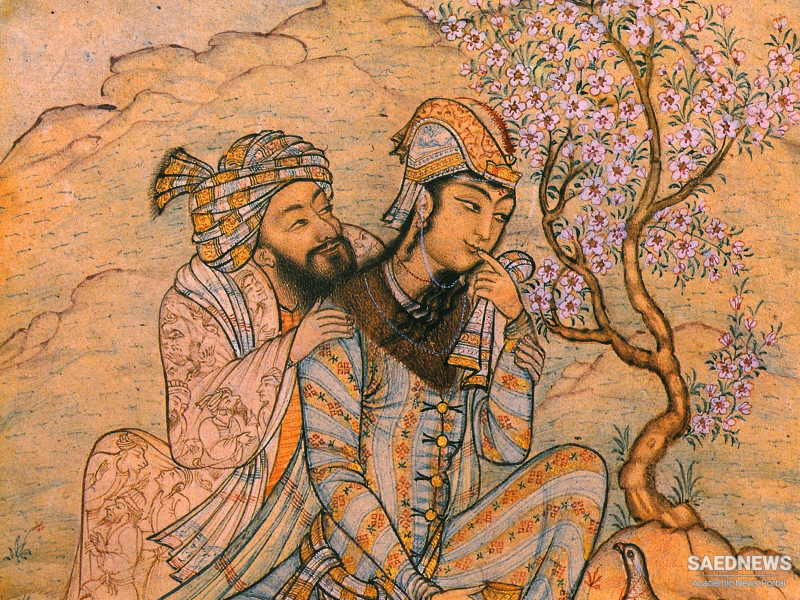What becomes immediately apparent is that the Arab conquest of Iran did not cause any upheaval in the field of art. The precious-metalwork of the early Islamic years, for instance, retained the Sasanid style to such a high degree that it is often difficult to state whether a piece was made in the Sasanid or early Islamic period. The art of Sasanid goldsmiths included shallow circular (occasionally oval) dishes, usually with figural decorations on the inside, handled jugs with high bases, and egg-shaped vases. They might have been ordered | by the imperial court, by major Fire Shrines and by high-ranking dignitaries. Consequently there must have been court-sponsored factories as well as local ones. It is not certain whether there were separate workshops for sacred vessels, or whether these were manufactured in one of the other factories. After 642, or 651 at the latest, the court factories must have ceased production. We may assume that only limited production continued in ‘church’ workshops if and where these existed. Further artistic development must have taken place in the local factories, particularly those situated away from the centre. This is confirmed by archaeological evidence. Dishes decorated with images of the king, called ‘hunting or throne dishes’, were now manufactured only as copies of older pieces (Source: Iran in Early Islamic Period).



 Religiously Grounded Culture of Post-Sassanid Persia
Religiously Grounded Culture of Post-Sassanid Persia














































